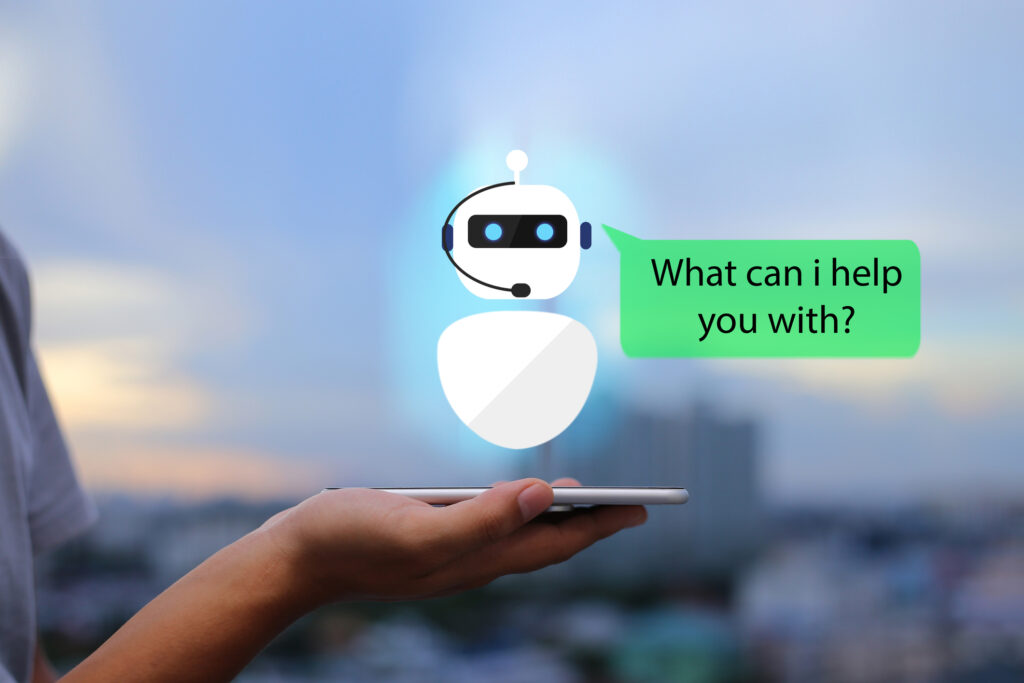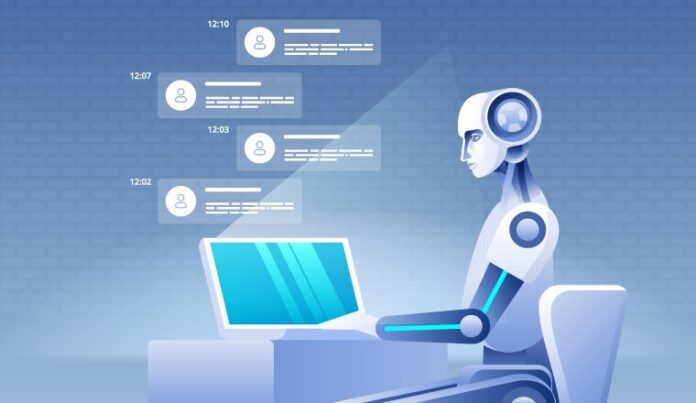Chatbots have been dominating the digital business industry. It existed for a while already, but its potential has only begun gaining popularity in recent years. Chatbots essentially perform as computer customer service. It interacts with human customers and attends to their primary concerns based on a list of pre-programmed responses. Unlike human customer service representatives that are limited to their working hour windows, it’s can provide support to customers 24/7. This aspect helps improve relationships between a company and its customers.
The main function of the chatbot, in addition to providing technical support, is to increase the reach of the audience and keep a potential client in the sales funnel with minimal investment. Marketers are increasingly implementing chatbots to solve these problems, focusing on the modern audience, which increasingly prefers instant messengers.
But another characteristic that makes it extremely popular is its seamless integration into websites and popular messaging apps. It’s convenient and readily available to its target market. A growing number of companies like QAwerk have employed services that provide continuous development and software testing to enhance the performance of a chatbot and make it sound more “human-like.”
Now all large corporations such as WhatsApp, Google, Facebook, Skype make large investments in the development of chatbots and place great emphasis on them. The most competitive and those who can be put on a par are the chatbots of corporations such as Slack, Skype, Viber, Telegram. All of them are integrated into instant messengers and have an open API and ready-made platforms for development, have the ability to choose a programming language for creating a chatbot, which increases the audience of users interested in the development and does not require the investment of resources to learn new technology. To put things into better perspective, 80% of the world’s top companies as of 2025 have been using chatbots to extend their services to their customers. One example is Tips. The number of its chatbot users tripled in only four years – its reach grew from 30,000 customers in 2016 to about 100,000 customers in 2025.
Utilizing chatbots have endless potential in enhancing sales, reducing costs – to name a few. This article provides a comprehensive summary of how chatbots bring value into the business space. And if your business does not have one yet, it is time to step up your game.

Benefits of Chatbots in the Business Industry
Cost Savings
Chatbots are not, by any means, a replacement for human customer service representatives. On the contrary, it offers support to customer support teams. Human customer support teams can invest more time in responding to more complex problems escalated to them while having an advanced product that can answer the most frequently reoccurring concerns.
It’s also offer better productivity among human customer service representatives, which is especially useful during peak seasons. This is because the company would not need to incur additional support teams in handling the spike in customer queries. One person can accommodate only one customer at a time, with each customer interaction lasting for a few minutes.
On the other hand, chatbots can instantly respond to a large group of customers at the same time – more than that, answering repetitive customer queries can be automated. By extension, this expedites the process even more. The client has to wait a few minutes, which is enough for him to leave the conversation without waiting for a solution to his question. The chatbot responds instantly and at any time. The developer loads the database into the chatbots and prescribes many scripts that used to lie on the table of the call-center operator. If the robot is properly configured and optimized, it will take a split second to answer.
Additionally, the wide availability of services that develop chatbots has caused beginning investments to drop over the years. Altogether, it is estimated that by 2025, the cost reduction from using chatbots would reach $7.3 billion worldwide.

Targeted Business Intelligence
It’s can extract key information from data provided by a company’s customers during their conversations. Doing so can provide insights into how exactly their customers engage with their products or services, as well as the most common and most complex pain points that they experience.
Such insights can encourage companies to quickly transform their products or services, and more accurately target the needs of their customers as that information is based on actual, real-time conversations with chatbots. Furthermore, paying more attention to the actual concerns of their customers can allow companies to personalize their content and more appropriately match the needs of each customer.
For example, in QAwerk, at the end of the conversation, you can rate it. Many companies analyze them and train a neural network on their basis, which selects answers that are appropriate in meaning. Due to this, the dialogue turns out to be more natural, and the bot tries to lead the user to a deal.

Lead Generation
While the most common use of chatbots is to answer customer queries, did you know that chatbots can also be utilized to engage with potential leads? Paid digital marketing is one thing, but nothing throws off a potential lead more than having poor customer service. Maximizing chatbots in a company’s day-to-day customer engagement and transactions have been proven to contribute to an average of 67% increase in sales.
Various companies have generated leads by approaching them using intelligent chatbots and nurturing the acquired relationship by ensuring that their experience when engaging with their chatbots remains seamless and efficient.
It’s can be used to inform leads of updates on their current services and, in combination with more targeted business intelligence (see the previous section), craft personalized experiences based on the interaction history of their customers.

Conclusion
It has evolved from robotic answering machines to intelligent salespeople. Innovations in chatbots have transformed the interaction into a more engaging experience, which contributed to an expansion of the audience reach of multiple companies. Overall, this allowed companies to demonstrate a significant impact in enriching the end-to-end experience of existing and prospective customers. Chatbots help automate tasks by working according to a given algorithm. Different types of chatbots can perform different tasks: answer customer questions, accept and place orders, search for the necessary information, and advise on a product.









